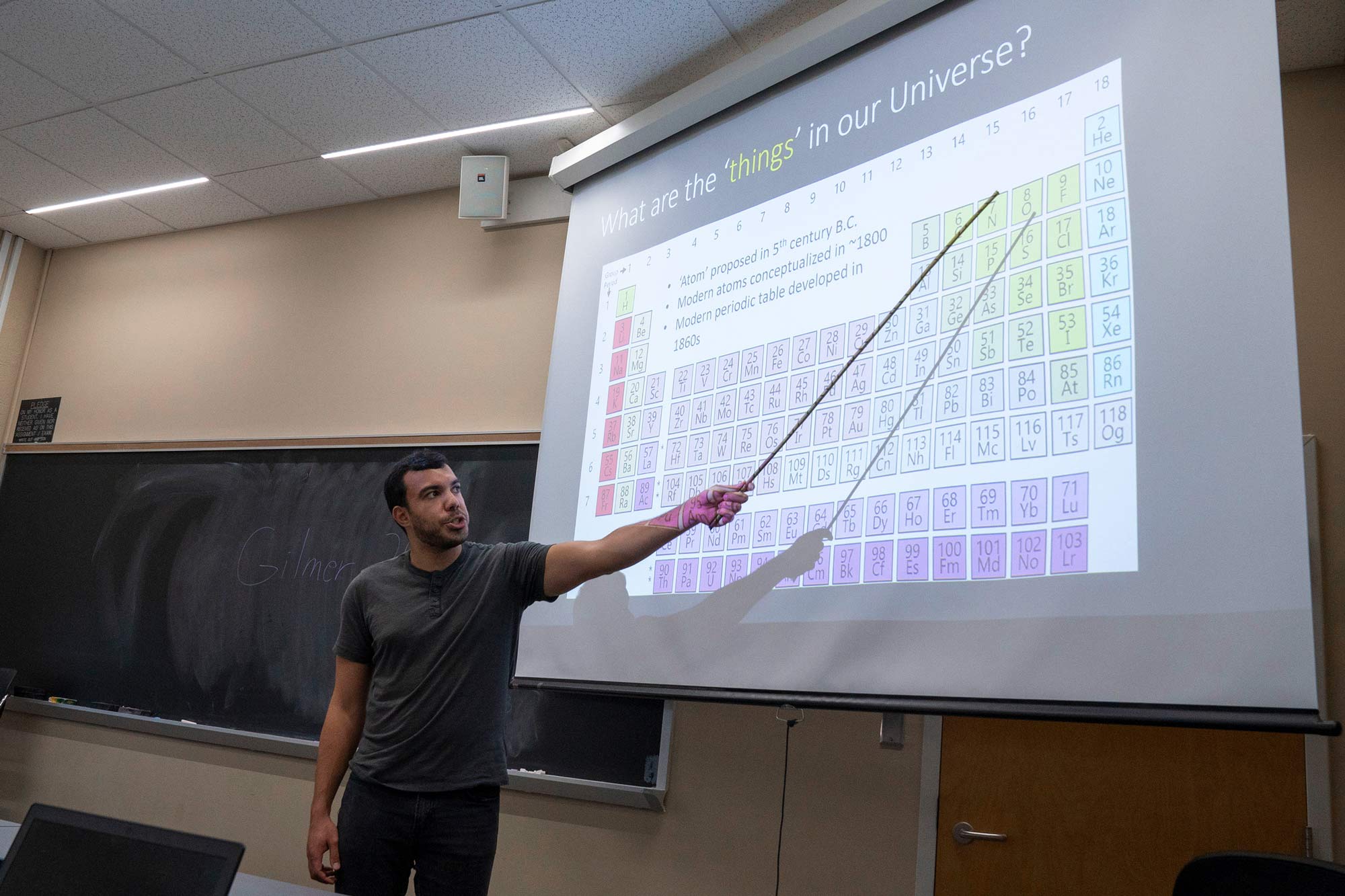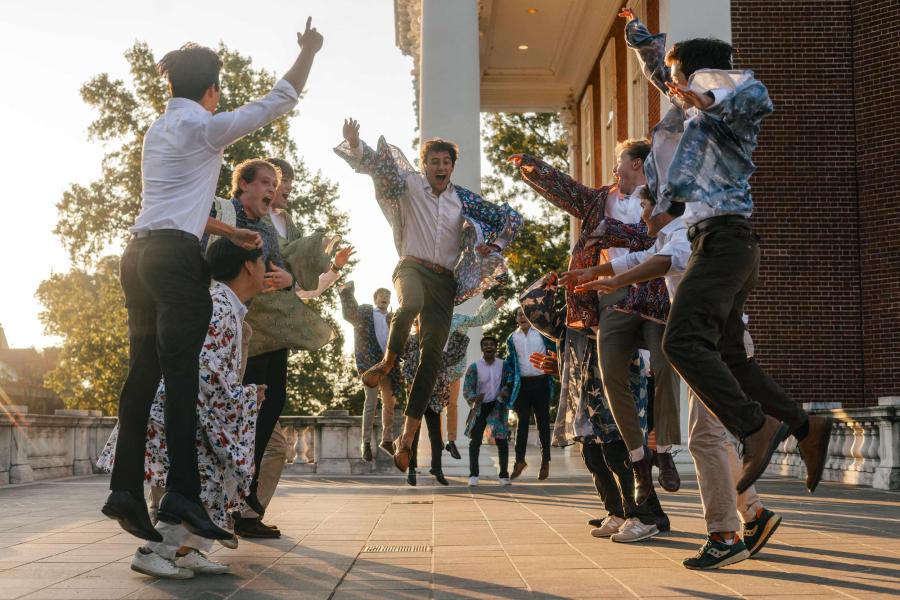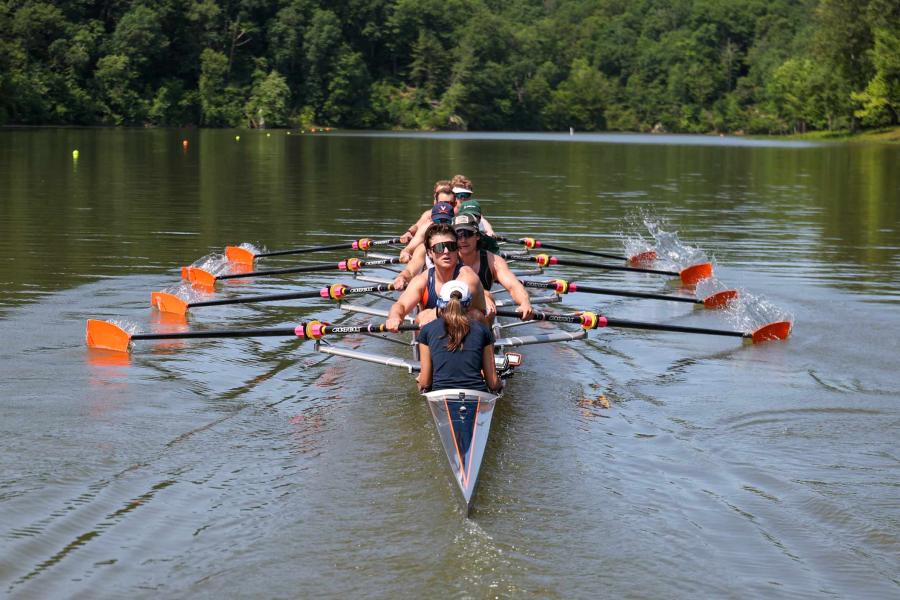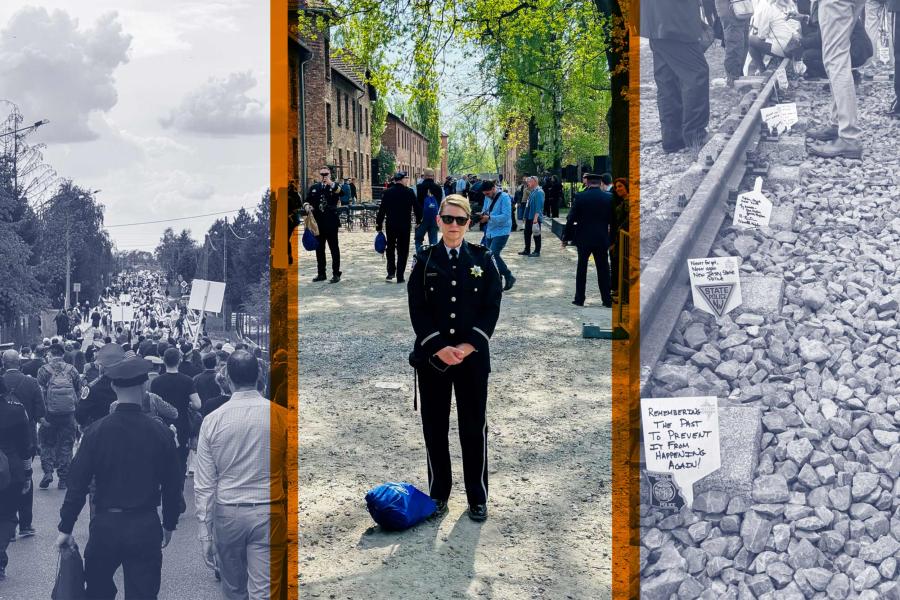Nicholas James explores the universe in a black T-shirt and jeans.
James teaches the University of Virginia summer session course “Unsolved Mysteries of the Universe” – intended for non-astronomy majors – that tackles compelling popular science topics.
“When people find out you’re an astronomer, they want to know about dark matter, what happens inside a black hole, are there aliens out there,” James said. “This course allows us to explore some of those fascinating concepts in a way that’s accessible to really anybody.”
James, who is completing his doctorate, took over the course originally started by professor Kelsey Johnson and taught it the past two summers. The course’s content has morphed over the years depending on the instructor, James said, who said he is stressing the “nuts and bolts” of the cosmos. That means probing the fundamentals of astrophysics, understanding gravitational processes of how solar systems interact and how to detect planets outside our solar system.
In a recent class, James spent the two hours moving back and forth in front of the room, explaining the building blocks of the universe to about 15 students, gesturing to emphasize points. He took a brief foray into the physics of the universe to explore protons, neutrons and electrons, the basic building blocks of matter. On that foundation, he built up to bigger concepts, such as quantum mechanics and gravity.
“I think the balance is important, but we want to have a ‘wow’ factor,” James said. “Such as, here’s a picture of a black hole, here’s what happens when you get close to a black hole and the spaghettification, effectively stretching until you get pulled apart. That kind of thing gets people excited.”

Part of that wow factor for Elijah Gaines, a rising fourth-year media studies and African American studies major from Queens, New York, is learning about the size of the universe.
“I have learned that humans are such a small part of the world and the universe,” he said. “I was surprised about how close the planets are to the sun.”
James, who did his undergraduate work at Harvard University in astrophysics and physics, is now exploring supernovae, which appeals to his own sense of awe.
“Supernovae are stellar explosions,” he said. “The largest stars, many times larger than our own sun, when they reach the end of their lives they run out of fuel for nuclear fusion. They will collapse in on themselves and rebound in an enormous explosion. These explosions can outshine an entire galaxy – some of the highest-energy phenomena in our universe. There’s a big wow factor.”
James said studying supernovae is important to astronomers because they can give clues to how the universe evolved.
“Most of the heavy elements in our universe, a lot of the elements in our bodies, can’t be produced in most normal stellar fusion environments,” he said. “They need these high-energy explosions to be synthesized. So in terms of building up enough heavy elements in the universe, we need these stellar explosions that have happened many times, to have life as we know it.”
James works specifically with a class of supernovae that are brighter than ordinary supernovae, to understand how a phenomenally bright supernova can be powered.
“I work on the theory side of things, as opposed to the observational side,” James said. “I work with some models trying to come up with equations to describe the physics of how we can get enough energy injected into the supernova after it explodes to power these very bright light curves.”
James enjoys the teaching aspect of his job, and he would like any future astronomy job he gets to have a teaching component. Teaching has taught him how to improvise in the classroom.
“I could think I have the perfect lesson plan, but I never quite know how the class is going to go,” James said. “Somebody could bring up a fascinating question that leads to a 20-minute tangent on a topic of astronomy that I didn’t think was relevant, but the student has made me realize that we should spend some time on that.”
Media Contact
University News Associate Office of University Communications
mkelly@virginia.edu (434) 924-7291
Article Information
July 3, 2025






